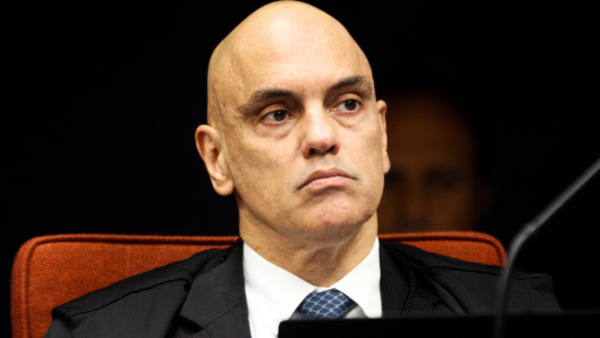Registrations for the Central Bank’s “Real Digital” pilot project will open next week and run until May 12. The monetary authority aims to select at least ten participants — including banks, brokerages, fintechs, and tech companies — interested in testing the country’s Central Bank Digital Currency (CBDC) for various types of transactions, including the trading of federal securities.
The pilot will not start from scratch, but from use cases tested within the LIFT Lab, the innovation hub coordinated by the federation of employees of the Central Bank, whose results and prototypes were presented earlier this week.
During the presentation, André Siqueira, head of the Central Bank’s information technology department, said that the LIFT Challenge projects — a special challenge in which CBDC use cases were tested — showed that the Real Digital can encourage the creation of new business models. He also added that the projects were designed to integrate the CBDC with other non-financial asset networks.
One of these projects is Itaú’s solution for an “offline PIX,” which would essentially allow Brazil’s PIX instant payment system to work on smartphones via near field communication (NFC) — the same technology used for contactless payments, which account for 40 percent of card transactions in Brazil.
The solution allows a bank customer to make transactions by bringing the phone close to another smartphone that has been activated as a payment terminal, even if the device is offline. In industry jargon, this is called POS A2A contactless payment.
“Our goal is to leverage the use of PIX through NFC and ensure greater reach through offline payment for new audiences or specific regions,” said Bianca de Oliveira Santos, coordinator of regulatory relations and innovations at Itaú, during the Central Bank event. Nearly 20 percent of the Brazilian population has problems with mobile internet connectivity and, as a result, has difficulty using PIX.
Internally, the “Real Digital” is also referred to as the “PIX of financial services” because while today’s system is focused on payments, the digital currency will aim to facilitate and expand lending and investment services.
As with the LIFT Lab, it is likely that large banks will form consortia with smaller fintechs and other technology players to participate in the CBDC pilot project. All those who participated in the LIFT Challenge, including Itaú, are likely to be interested in continuing the experience.
The Central Bank expects to complete the digital currency pilot project tests with a CBDC for wholesale activities (transactions between large clients) and also a tokenized version of it for retail transactions (day-to-day transactions) by December, while the tests with federal public bonds are expected to run until February 2024. Thus, the idea is to present the results of the pilot as a whole in March next year.


 Search
Search










































